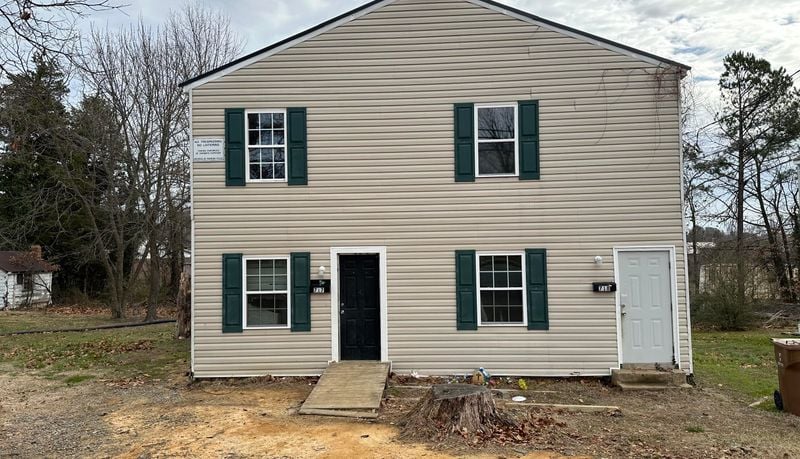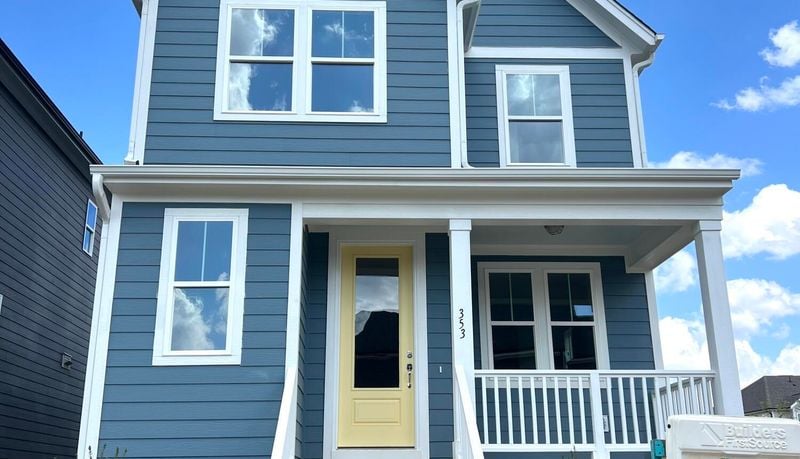What Everyone Should Know About Building Collapses
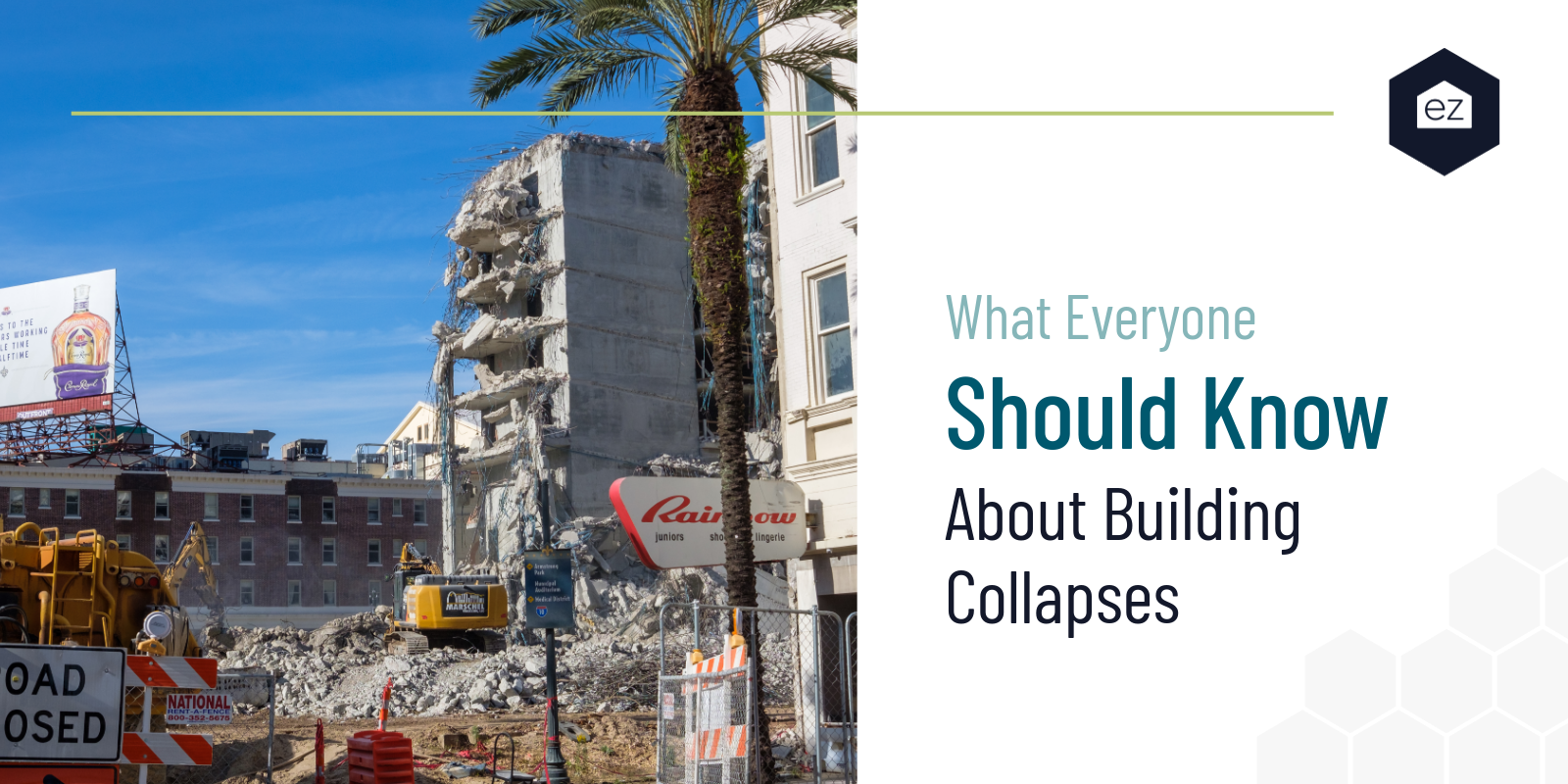
What Everyone Should Know About Building Collapses
Last month, an apartment building in Davenport, Iowa, shocked the community and the world when it partially collapsed and killed three people. The six-story building started crumbling on May 28, sending panicked residents fleeing.
It’s not the only such scene in recent years. On June 24, 2021, Champlain Towers South, a 12-story condominium in Sunrise, Florida, partially collapsed in the middle of the night and caused 98 people to die.
We expect to see collapsed and damaged buildings after a natural disaster like an earthquake, but not in sleepy towns like Iowa. What’s going on with residential buildings? Could structural issues from building high-rise condos and apartments present silent threats?
Given that more multi-family buildings are being constructed, it’s worth looking at how developers are ensuring the longevity and structural safety of the people buying into these buildings.
High-rise inspection regulations are patchwork

It’s tempting to think of a building collapse as coming out of nowhere, but buildings usually show signs of something horribly wrong.
It’s the reason home inspections are so regular in the world of real estate. Not only is it protecting your financial investment, but it’s about ensuring the home is safe for you and your loved ones. That’s why most buyers have an inspector look it over before signing the dotted line.
But these weren’t private homes. These apartment buildings and condominiums were tall structures with a lot of support required to maintain structural integrity.
And, because they are multi-family buildings, the inspections may not be as frequent depending on local regulations for high-rise buildings. These inspections also cost thousands more than a single-family home inspection, which a condo association may not be willing to pay each year.
That means that not only does the risk go up on these buildings, but they’re buildings where inspections for structural integrity may not be as frequent.
Signs residents can look for
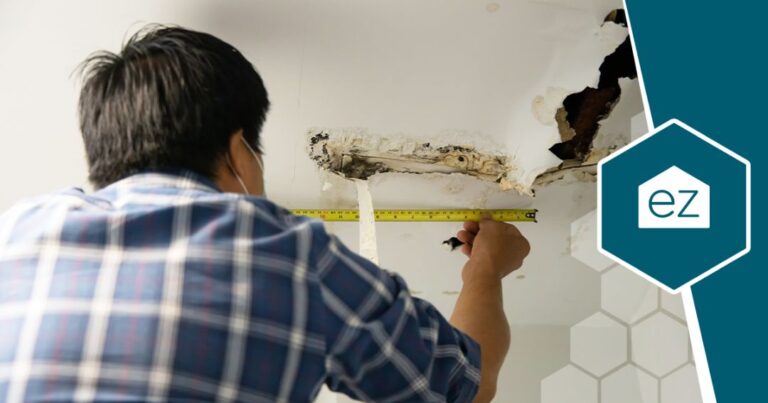
If you live in an apartment building, how do you know to look for structural flaws that your landlord needs to know about?
That’s the problem: many of us don’t know. So if you’re living in or considering a high-rise unit, the following warning signs could signal an apartment building may be at structural risk:
- Cracks: The most obvious sign of a structural problem is a visible crack. However, it helps if people can distinguish between harmless cosmetic cracks from natural settling and temperature fluctuations and cracks that represent substantial risks to more serious and important areas within the structure of the building. These can be crackers wider than 3mm, ones that are wider at one end, diagonal, or a stair-step pattern in brick or cinder masonry. Any cracks that run across a ceiling and down a wall also signal building movement.
- Swelling: A crack is a bit obvious, but swelling can be more difficult to pick up. And when you do spot it, it doesn’t appear to be as serious as something like a crack, but it could signal movement, putting pressure on the building structure. Look particularly at areas in the unit where there may be vertical swelling, such as a sagging ceiling, as this can be a serious sign that something is wrong.
- Sagging floors: Maybe you’re on the other side of what appears to be swelling: sagging in a floor. It means that at least part of the building isn’t structurally sound enough to handle weight, which could lead to other problems.
- Dampness: Dampness in areas like subfloors might not sound like they’re too threatening, but you don’t always know how long that moisture was there. Lingering water can do serious damage that also results in structural issues.
- Crumbling concrete or brick: Keep in mind that the context may make it seem less harmful than it really is. Concrete and brick do weather, after all, but when concrete or brick has started to crumble, it may mean that chemicals are beginning to wear on the concrete or brick. The outer signs of flaking off may indicate what’s going on the inside.
Remember that the high death toll in the Florida collapse resulted only from a partial collapse. The entire building doesn’t need to show signs for there to be serious danger involved.
Steps to take if you have a concern
It’s better to take action when you notice something wrong than to chalk it up to something you don’t understand or not want to be a bother. It’s your home, and you have a right to raise a concern.
Let’s say you did spot one of the issues above and wanted to take that concern to the appropriate person.
Start with the landlord, building manager, or HOA. With any luck, you’ll have a careful, considerate landlord or manager who immediately gets a proper inspection and contacts the right authorities to ensure everything is in great shape.
Steps can take longer when you have to work directly with a resident-run HOA but still make an effort to register your complaint and push for that inspection. In this case, consider time as not on your side, so you’ll want to move aggressively.
Things go awry when the person(s) responsible for the building doesn’t appear to want to take action. Always document your contacts and communication with the building representatives.
In many cases, local governments will tell you to first contact building management when you notice an issue. But if that doesn’t work, you can call the local building inspection department with a complaint. What steps they’ll take depends on the jurisdiction.
You may have to supply your phone number and be available so they can access the building and make an inspection.
The results of building collapses
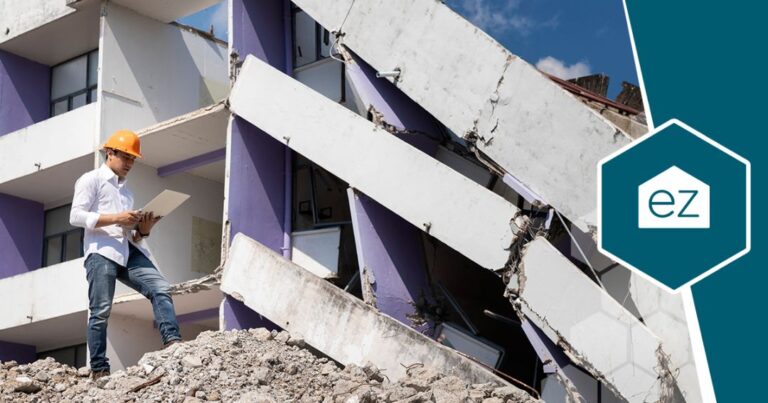
As the Davenport case shows, the residents did make numerous complaints to the City, and it did consider pulling the building’s permit. And the building had been inspected by a structural engineering company, which made some emergency repairs and recommended more. The renovations to the brick exterior were going badly, as shown in a report filed four days before the collapse.
The case and final investigation remain ongoing, but the published information suggests it was evident to all parties that something was wrong.
If, at any point, your local governing authority and building HOA or managers are not heeding your complaint, then the best decision may be to give yourself peace of mind and move out. Unfortunately, as our infrastructure ages, we may see more residential collapses in the future.
Start Your Home Search
Preston Guyton
Share this Post
Related Articles
Real Estate Information
Your EZ Guide to Arkansas Property Taxes
Real Estate Information
The Role of a Buyer’s Agent in Real Estate Transactions
Real Estate Information
Who’s Buying What? Exploring Home Buyer Generational Trends
Real Estate Information




